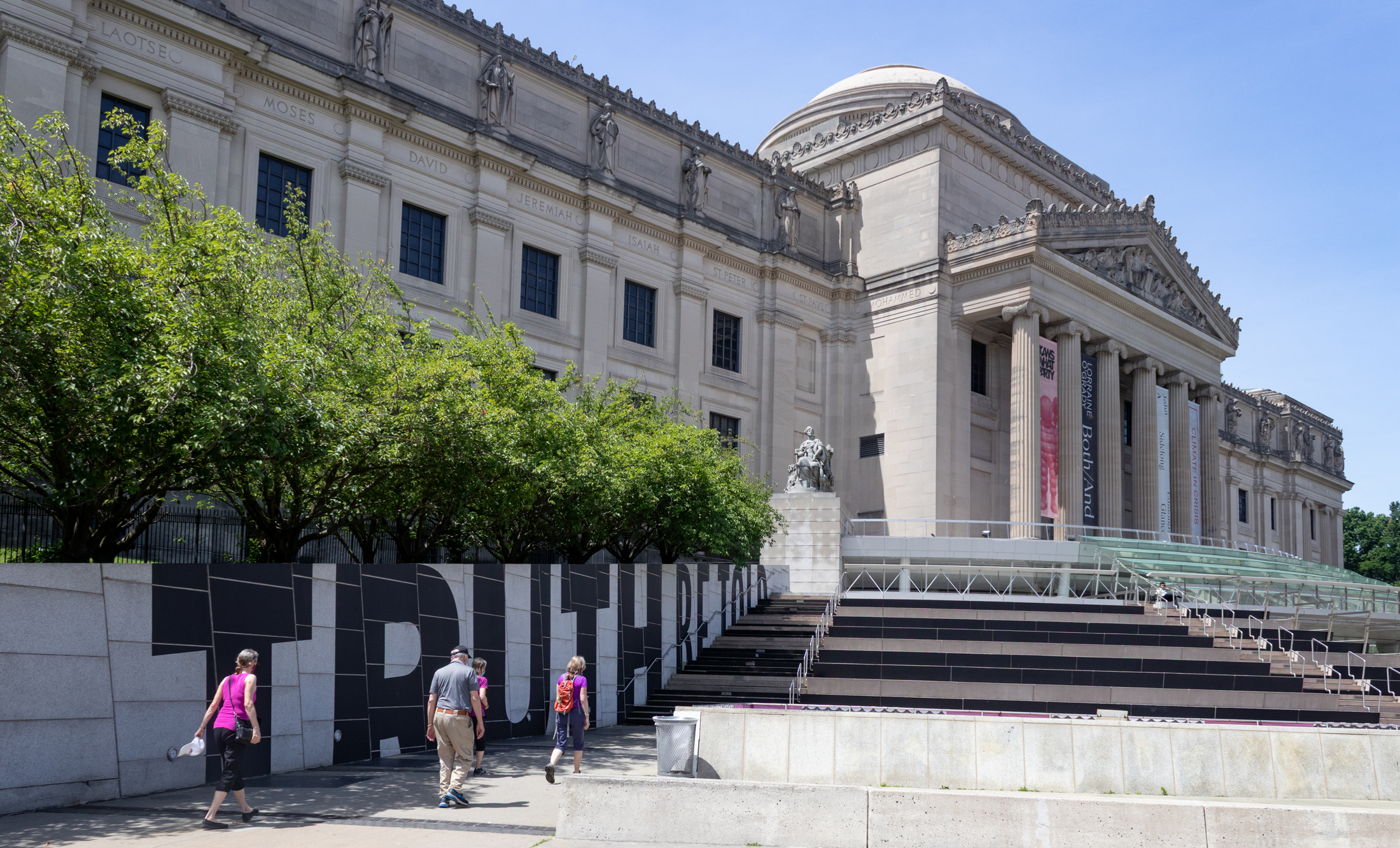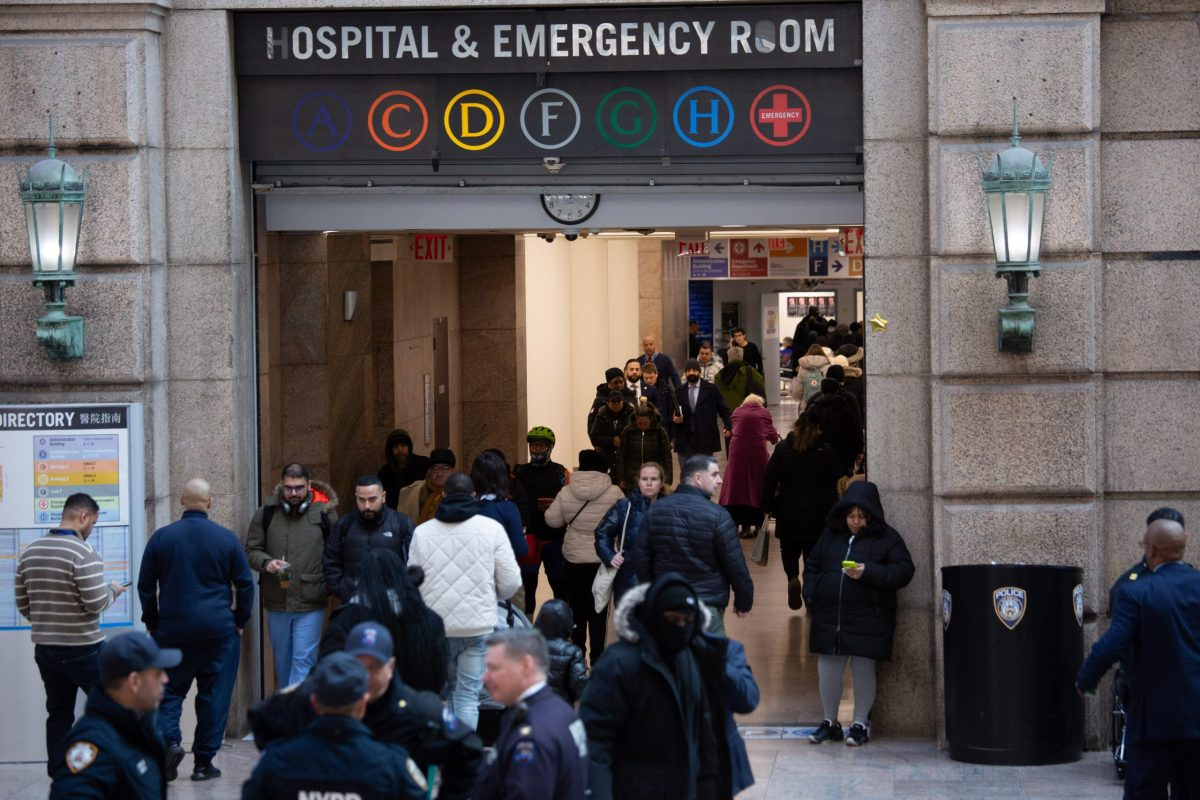North American Kerosene Gas Light Company
Kerosene was “invented” by a Canadian named Abraham Gesner, who built the first large scale refinery in North America along the Newtown Creek in 1854. He received the patents for the process, and coined the name “Kerosene” for a distillation of coal oil (like a lot of 19th century industrial product names, we moderns inherited the…


Kerosene was “invented” by a Canadian named Abraham Gesner, who built the first large scale refinery in North America along the Newtown Creek in 1854.
He received the patents for the process, and coined the name “Kerosene” for a distillation of coal oil (like a lot of 19th century industrial product names, we moderns inherited the trademarked nomen as the descriptor for an entire category. It’s the same shorthand we use for facial tissue as being “Kleenex,” or photocopying as “Xerox,” or cotton swabs as “Q-tips”). Gesner was looking for a way to get an angle on the lucrative lamp oil trade.
In 1854, lamp oil was produced from animal fats. Ocean going fish, and especially whales, were basically boiled down to make the stuff. The collection of the raw material was hazardous and expensive, and the refined product was dangerously volatile – there had to be a better way. Chemist Abraham Gesner invented a method by which a combustible oil could be distilled from coal. In doing so, he pretty much founded what would become the American oil industry.
When the time came to set up shop and build a factory to produce his coal oil or “Kerosene,” it was along the Newtown Creek that Abraham Gesner built the first large scale refinery in North America – in the Blissville neighborhood of what we would call Queens.
More, lots more, after the jump…

The shot above depicts the scene on Newtown Creek, as witnessed from the site of the Brooklyn side landing of the long dismantled Meeker Avenue or Penny Bridge, as it appeared in March of 2014. This is the border of the two boroughs, where Meeker ends its long northward trek across the infinity of Brooklyn at Newtown Creek and Review Avenue picks up on the Queens side.
Its kind of a forgotten spot, with Blissville in Queens occupying most of the image.

This shot, found in the collections of the New York Public Library, depicts the same scene back in 1939 from nearly the same spot. The well ensconced oil industry is quite active, as evidenced by the abundance of chimneys.
Notice that you can’t see Manhattan’s skyline in this one. Could be weather, or the choices made by the photographer, Percy Loomis Sperr. It’s probably because of the pall of smoke, smog, and industrial emissions in which Newtown Creek was famously cloaked during its industrial heyday.

The North American Kerosene Gas Light Company, later the New York Kerosene Company, would eventually be acquired by Charles Pratt and folded into his growing Astral Oil empire (Pratt’s own Coal Oil refinery was centered at Bushwick Inlet, at the border of Greenpoint and Williamsburg) and would became a part of Standard Oil when Pratt joined forces with John D. Rockefeller. The Gesner works are often mentioned by environmental officials, but no one ever gets specific about where they were located.
You’d think the first large scale petroleum refinery in the United States would have left behind a plaque or something, but welcome to Queens.

This was Gesner, who kind of looked a bit like General Zod in my opinion.
From 1909′s “The Journal of Industrial and Engineering Chemistry, Volume 1,″ courtesy Google Books:

A bit of work has been expended in the name of screwing down the exact location of the Gesner facility, and I can tell you that the 1854 footprint of the North American Kerosene Gaslight Company was incorporated into what is referred to as Charles Pratt’s Queens County Oil Works – aka the Standard Oil Blissville Works – which was found across the street from Calvary Cemetery.
Equidistant from the Greenpoint Avenue and long demolished Penny Bridges, the location of the North American Kerosene Gas Light Company is also the site of the Blissville Seep, which I’ve been rattling on about for a few years now.
That’s a Newtown Creek Oil spill which is on the Queens side, by the way, which is separate and distinct from what’s going on in Brooklyn.
From a December 2011 posting at Newtown Pentacle:
Sadly, oil is seeping out of a bulkhead on the Queens side of the Newtown Creek.
Famously, the Greenpoint Oil Spill (click here for a link to newtowncreekalliance.org for more) occurred just across the water from this spot, but every indication points to this as being a separate event. The former site of Charles Pratt’s Queens County Oil Works, which was an approximately 18 acre parcel which would later be called the “Standard Oil Blissville works”, the sites occupation in modernity has little or nothing to do with petroleum.
Newtown Creek Alliance Historian Mitch Waxman lives in Astoria and blogs at Newtown Pentacle.










What's Your Take? Leave a Comment